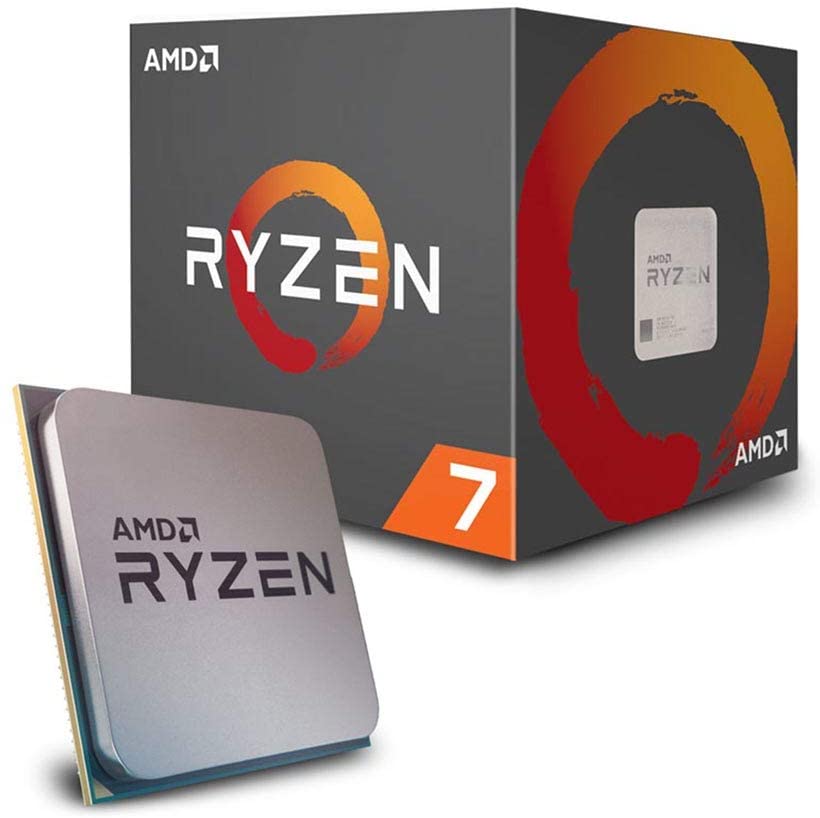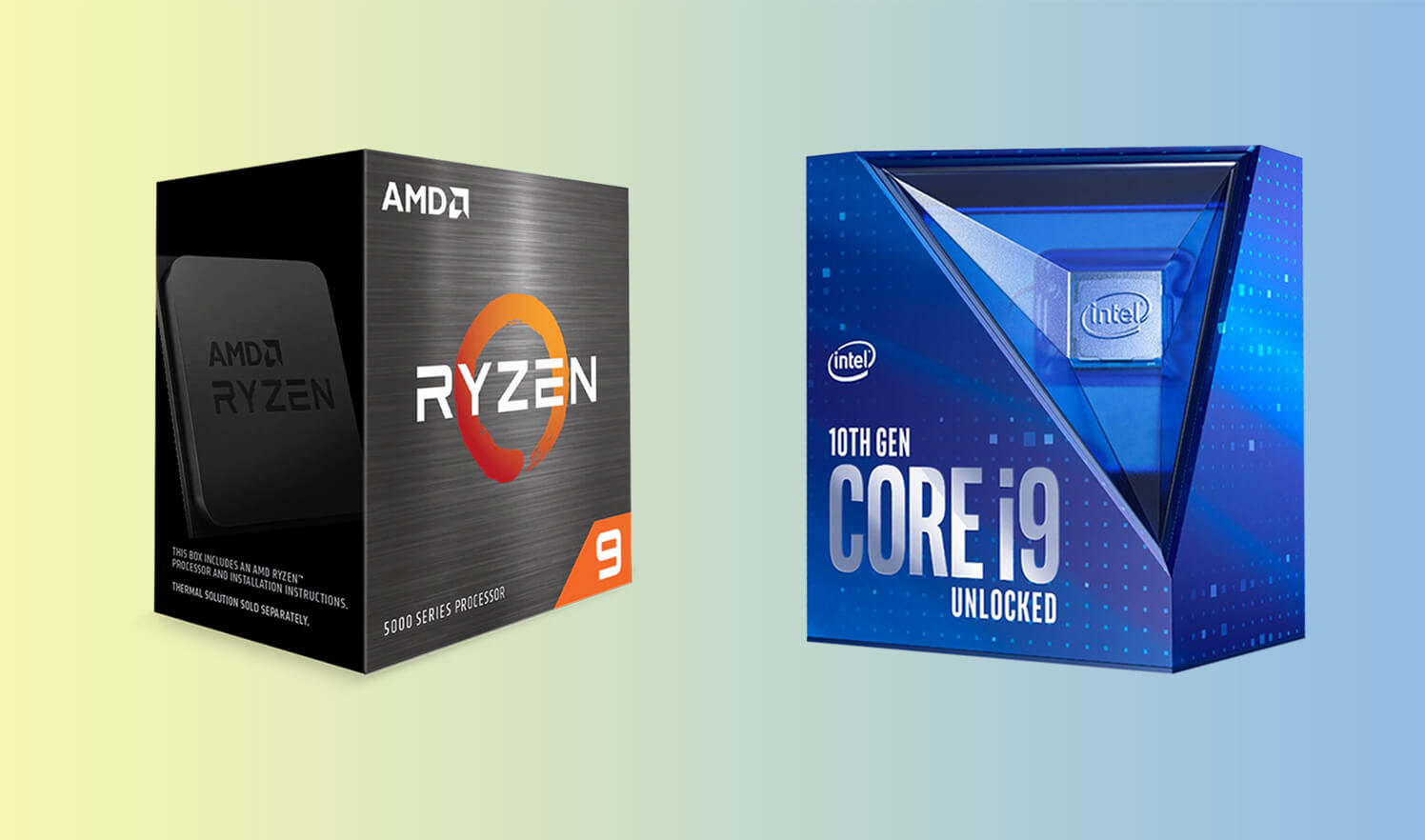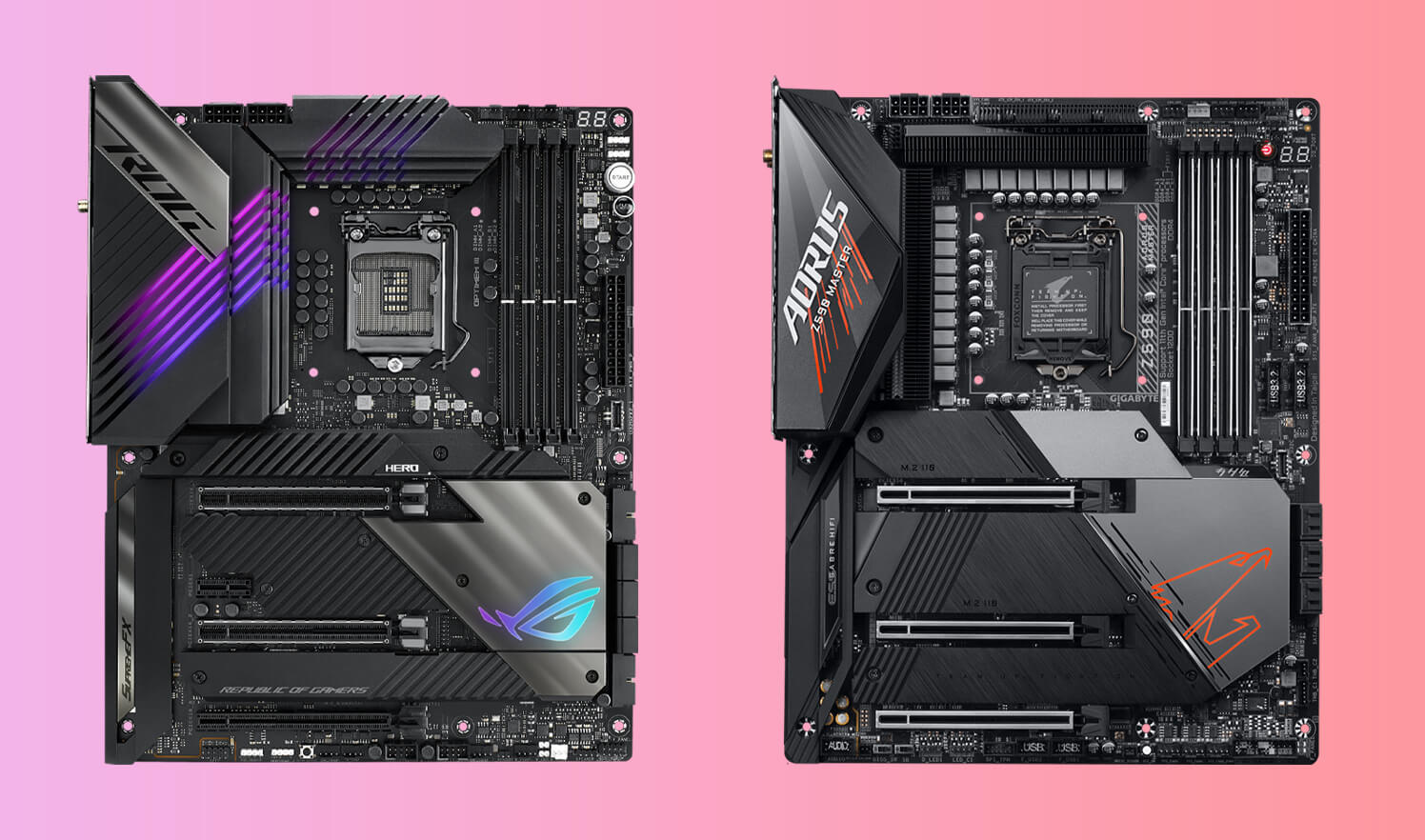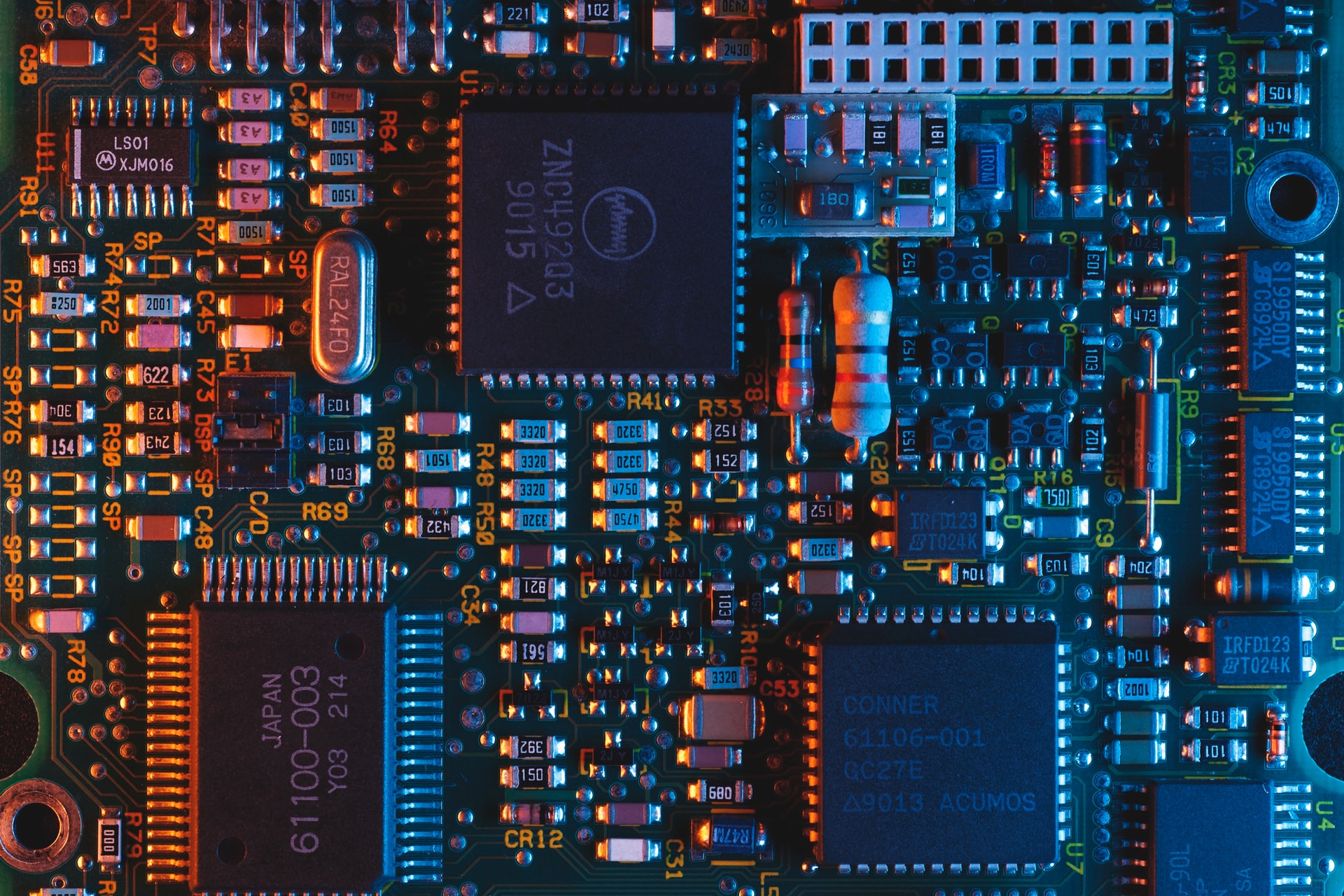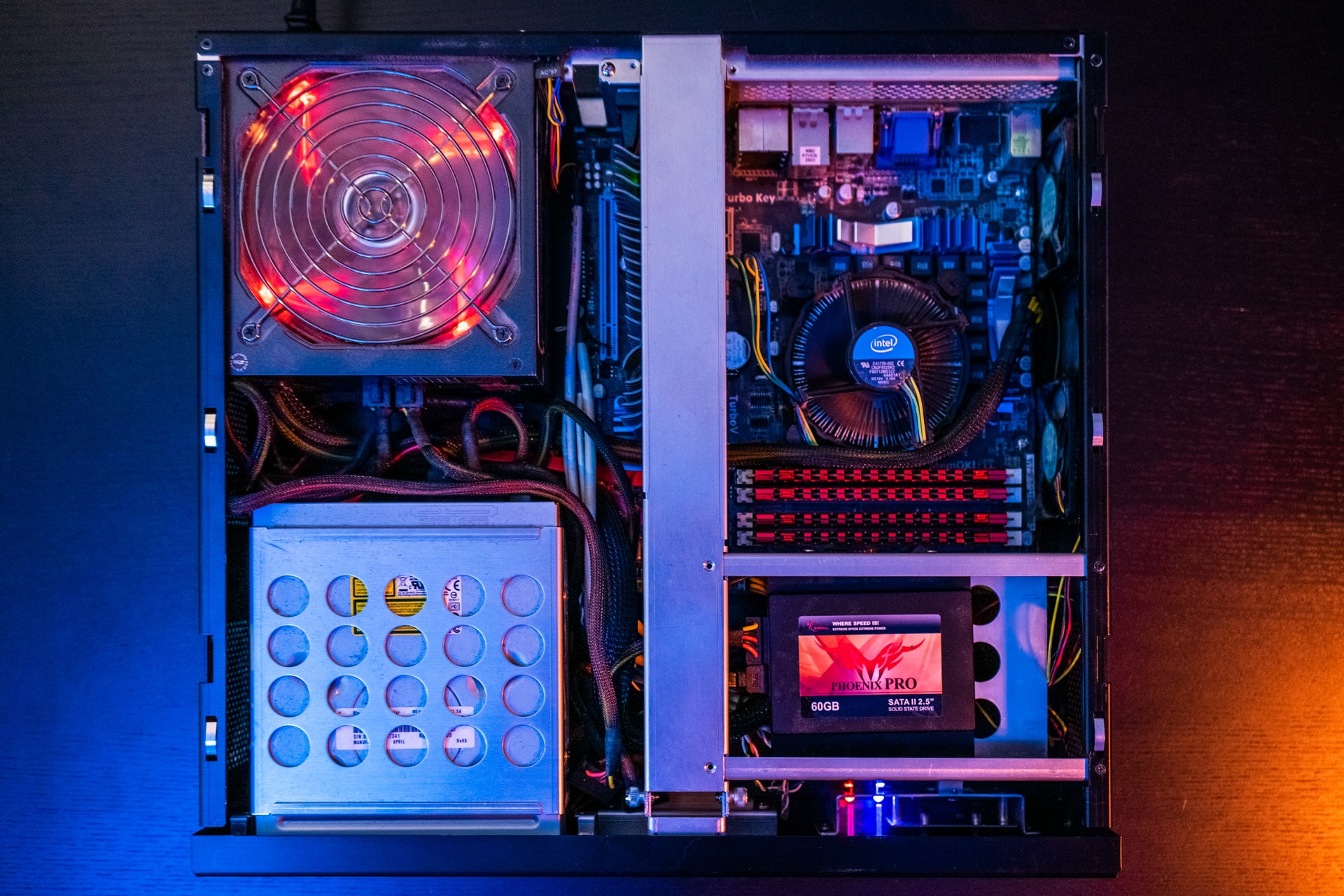Thermal paste is a chemical substance or compound which is thermally conductive. It is also known as a thermal compound or grease. It is commonly applied between the heat sink and the CPU as an interface.
This thermal conductive substance helps to fill in any air spaces or gaps in the area between the heat sink and the processor. So that the heat can be transferred away and dissipate more quickly. The heat sink helps keep the processor cool, primarily while functioning continuously.
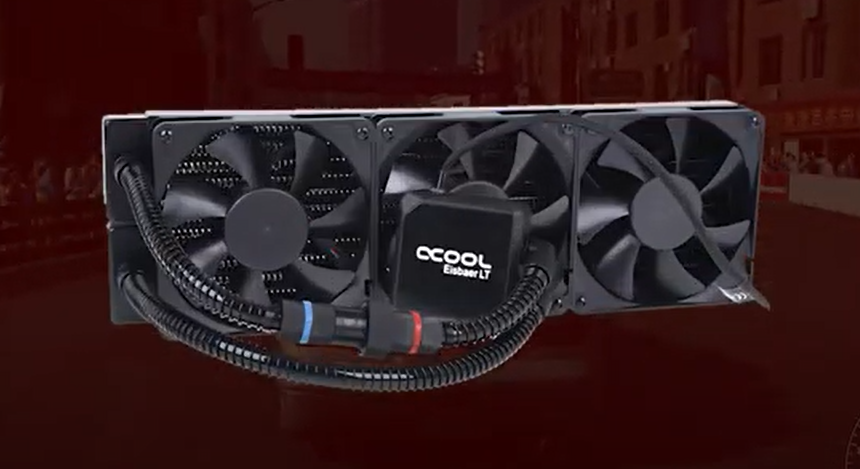
Some CPUs have thermal paste pre-applied on heat sinks. However, if you are building a computer, you need to get thermal paste tubes. These tubes of thermal paste are available at electronic stores, and you often get a small-sized shovel-like applicator tool with it too.
Some manufacturers use a different compound instead of thermal paste. But is it not as effective as the thermal paste. In such a case, you can replace it with your favourite brand’s thermal paste.
Do Liquid CPU Coolers Need Thermal Paste?
Many people often ask if they actually need thermal paste for liquid CPU coolers. Well, yes, you definitely need to use the thermal paste to dissipate the heat away from the processor. Because the thermal paste is essential for reducing the air spaces or gaps that help to cool down the CPU.
The thermal paste often consists of metallic and ceramic components solvated in an adhesive or binder to make the application smoother. Moreover, this type of suspension is easy to clean in a short time. You can choose from electrically conductive or non-conductive types of thermal paste according to your needs.
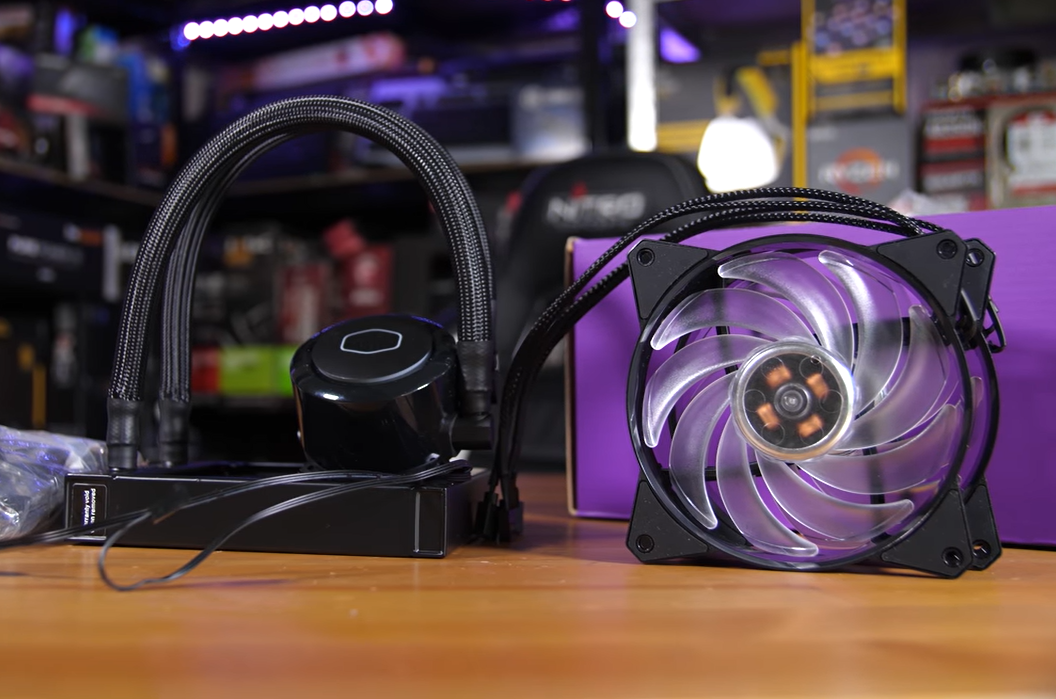
Thermal pastes usually come in two types: standard metallic and liquid metal. The liquid metal type of thermal paste is more electrically conductive as compared to the traditional metallic thermal paste.
They also have more heat conductivity, which improves outcomes. Standard metal thermal pastes are non-conductive. That is why they can’t offer the best results.
How does it work?
As you know, thermal paste is needed for liquid cooling. Now, it is crucial to understand how it works. If you use a computer daily, you must know how the CPU gets hot because of the excessive heat trapped inside it.
Getting rid of the heat is significant to cool down the CPU and make it work smoothly. Poor heat conduction capacity lowers your CPU’s performance. Thermal paste works as an interface and conductor, helping in transferring the heat away from the processor.
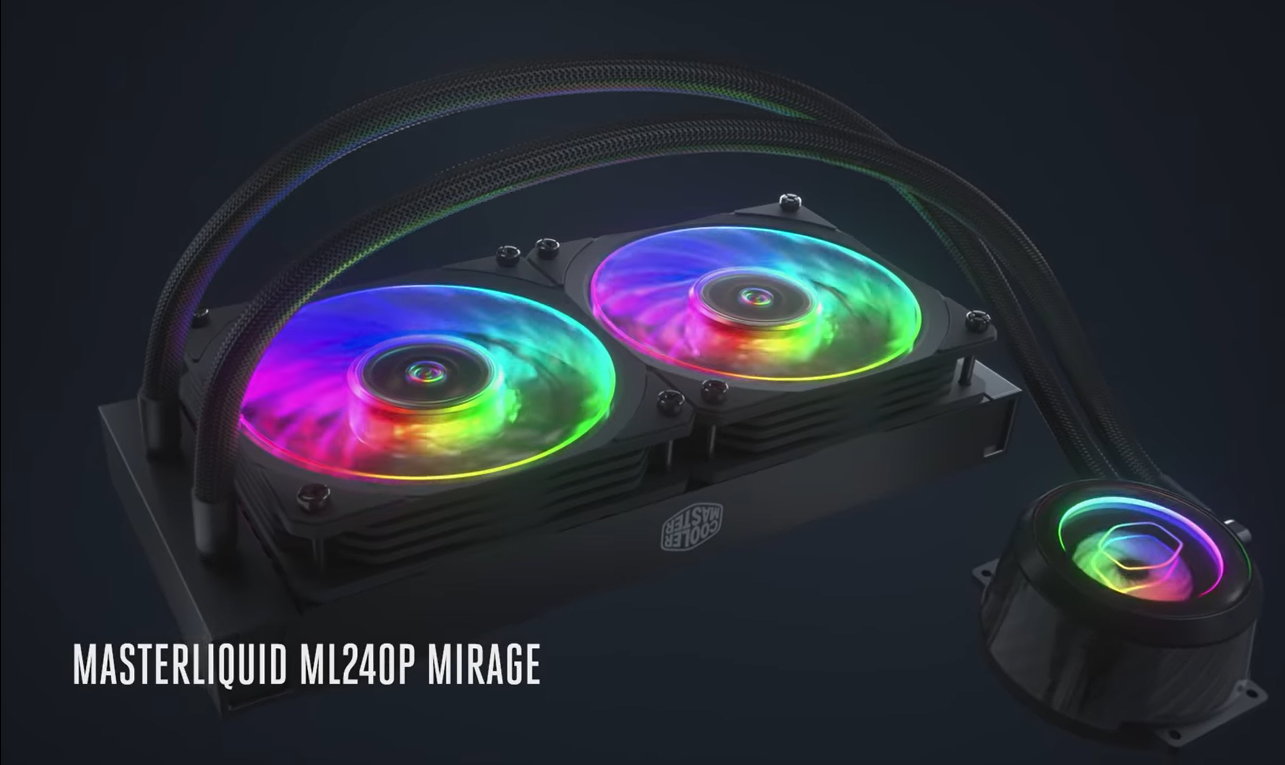
If your CPU stays cool, your tasks are processed more smoothly. Liquid cooling is used when such issues arise where the CPU gets heated and does not work well. If the thermal paste of your CPU gets dry, you can constantly reapply it. Moreover, you can choose your preferred brand’s thermal paste.
Isn’t it amazing how thermal paste maintains heat transfer and helps cool down the processor?
How to apply the thermal paste?
Every thermal paste and CPU cooler is somewhat different. So, understanding your specific CPU details before starting applying the thermal paste would help to do it more easily. Apply the thermal paste to the centre of the IHS of the CPU.
If you are just reapplying the thermal paste on a pre-applied cooler, it will be easy to find the right place to apply it. You just need to use a small quantity of the thermal paste, more like the size of a pea or rice grain, in the centre of the heat spreader.
You can use an applicator that comes with thermal paste to apply it to the centre. Now, you need to install a CPU cooler. Put the water block or baseplate of the cooler onto the CPU with gentle and light pressure. Keep the pressure on while attaching the cooler to the system.
The cooler should not slide or move. Therefore, apply pressure to ensure an even coating of thermal paste. But, do not put way too much pressure that will break or damage the CPU or the motherboard.
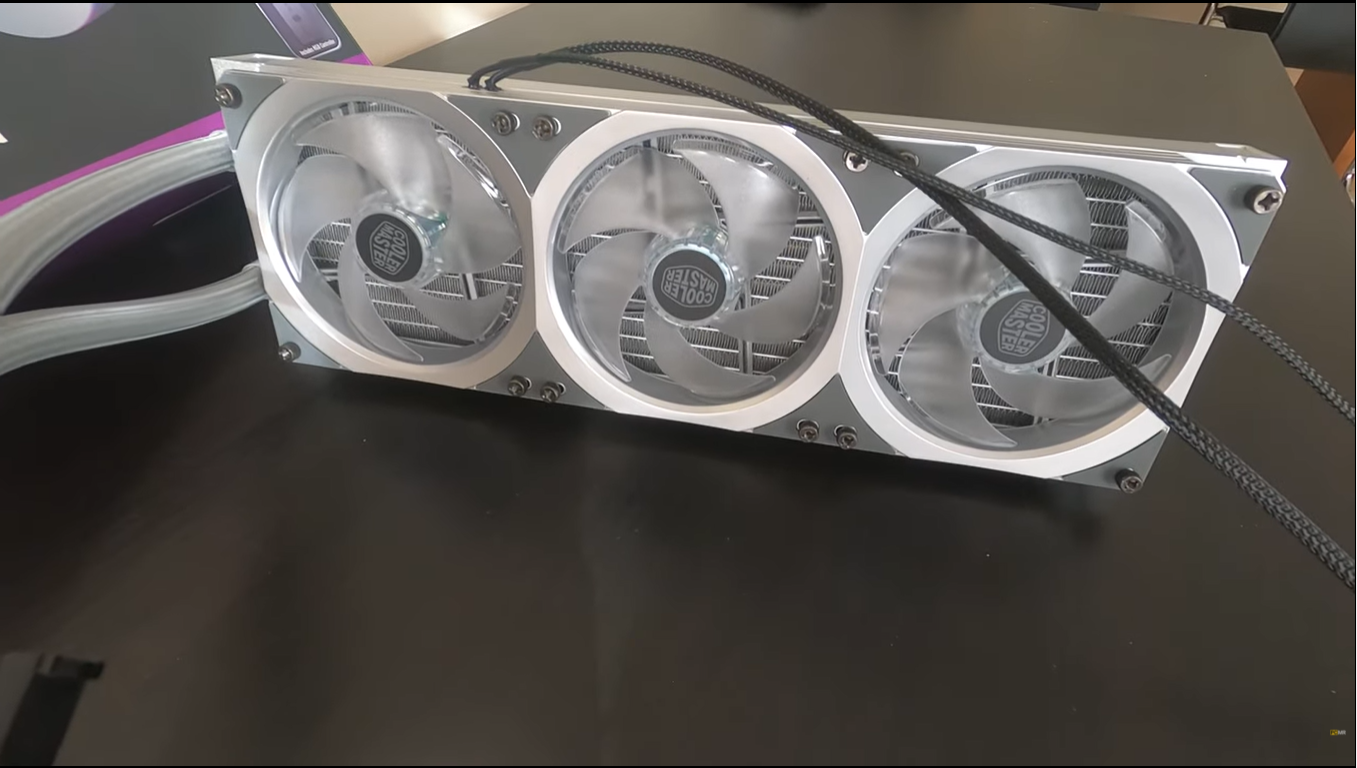
Keep the cooler in position when diagonally attaching it to the motherboard. You should not tighten the screws completely until you get all four attached. Turn each of the screws equal times before going to the next one.
Now, make sure you have done every step correctly to move forward to the next step. Once you are done with it all, check if the water block or baseplate is attached to the CPU firmly, and everything looks perfect.
Thermal paste should not be dripping off the CPU or onto the motherboard. If that is the case, it means you must’ve applied too much paste. Now, you need to remove the thermal paste. To clean up any residue left behind after thermal paste application, you may use alcohol pads or lint-free absorbent paper napkins or towels.
If the cooler doesn’t budge when you touch it, and everything seems to be in place, you have done it right. Certainly, it is the most important step of the procedure. It is the easiest and simplest way to apply the thermal paste to liquid CPU coolers.
How often can you reapply the thermal paste?
Reapplying once every few years is enough. However, if you remove your cooler for whatever reason, you’ll need to replace the thermal paste. If your CPU is becoming hotter than usual, you should reapply thermal paste as soon as possible. Moreover, if you are in doubt and unsure about what to do, ask the thermal paste manufacturer and take their instructions.
Best Thermal Conductivity
A thermal paste needs 70W/mK of thermal conductivity, and it will be able to transmit more heat effectively. In liquid cooling, the thermal conductivity has a significant effect. So, you should choose a thermal paste with a higher rating.
Conclusion:
Thermal paste is essential for liquid CPU cooling. It is a chemical substance usually applied between the CPU and the heat sink to fill the air gaps or spaces in the interface area. It helps dissipate the heat and keep the CPU cool to work more efficiently. Moreover, it is easy to apply or replace the thermal paste by following some easy steps. However, you can always take help from professionals to get it done.

